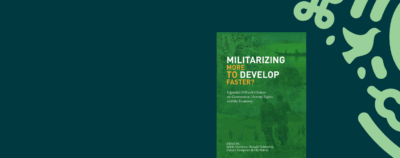Robert F. Worth writes a very insightful article in the New York Times about youth programs in Lebanon run by Hezbollah. Similar to the Boy Scouts, the Mahdi Scouts organize programing from primary school through college. Worth writes:
Some of the graduates gathered at this ceremony will go on to join Hezbollah’s guerrilla army, fighting Israel in the hills of southern Lebanon. Others will work in the party’s bureaucracy. The rest will probably join the fast-growing and passionately loyal base of support that has made Hezbollah the most powerful political, military and social force in Lebanon.
At a time of religious revival across the Islamic world, intense piety among the young is nothing unusual. But in Lebanon, Hezbollah—the name means the party of God—has marshaled these ambient energies for a highly political project: educating a younger generation to continue its military struggle against Israel. Hezbollah’s battlefield resilience has made it a model for other militant groups across the Middle East, including Hamas. And that success is due, in no small measure, to the party’s extraordinarily comprehensive array of religion-themed youth and recruitment programs.
The article then details Hezbollah’s program for girls, and describes a ceremony in which girls veil for the first time:
Again and again, the girls were told that the hijab was an all-important emblem of Islamic virtue and that it was the secret power that allowed Hezbollah to liberate southern Lebanon. The struggle with Israel, they were told, is the same as the struggle of Shiite Islam’s founding figures, Ali and Hussein, against unjust rulers in their time.
Here, as in Indiana and Scotland, the veil is seen as a symbol of power and liberation. Read the full article here.













